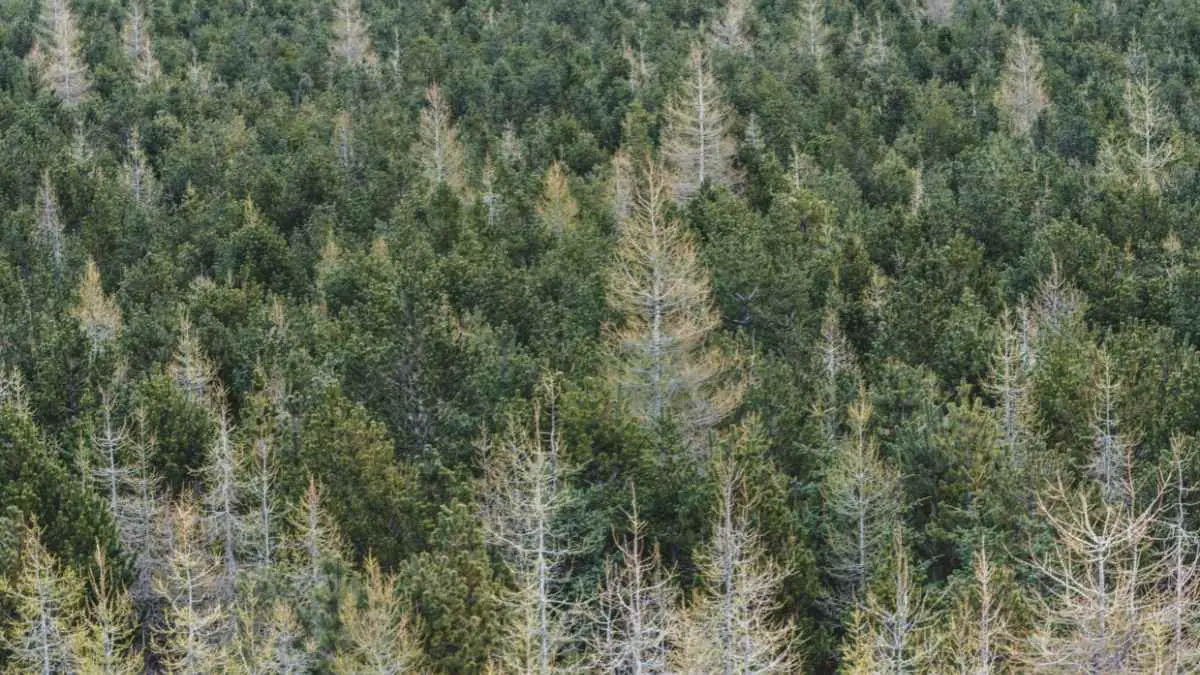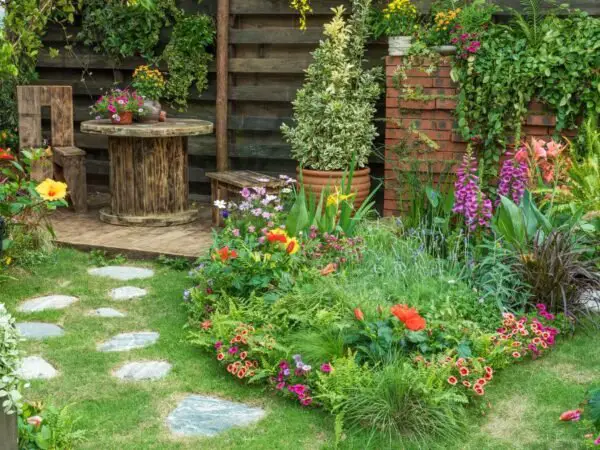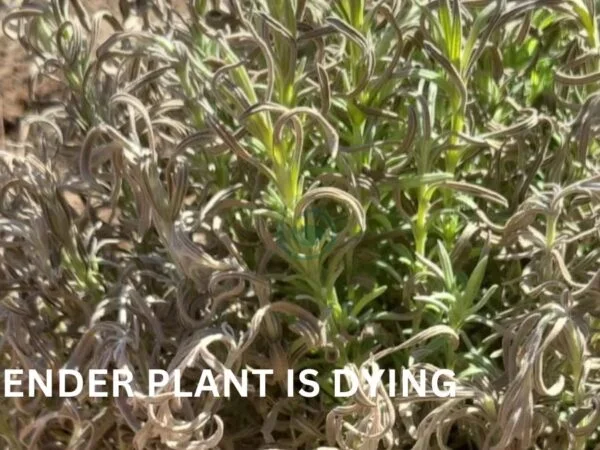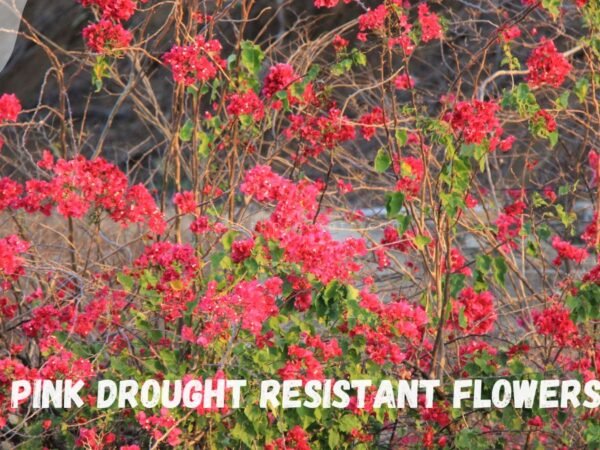
Are you eager to learn how to plant a Norway Spruce and spruces at the planting site? Look no further! I'm here to guide you through the process step by step, ensuring your success along the way with care.
Planting a Norway Spruce is a straightforward process. First, choose a suitable planting site with well-draining soil and full sun to partial shade. Dig a hole twice as wide as the root ball and slightly shallower than its depth. Place the tree in the hole, making sure the top of the root ball is level with the ground. Backfill the hole with soil, gently patting it down to remove air pockets. Water thoroughly around the base and add a layer of mulch to retain moisture at the feet. Remember to water regularly, especially during the tree's first year of growth.
Ready to transform your landscape with the majestic beauty of Norway Spruce trees? Planting and caring for these evergreens can bring enduring joy and natural beauty to your surroundings. For further insights on nurturing your Norway Spruce and creating a thriving garden, stay tuned for more expert tips and advice!
Key Takeaways
- Plant Norway Spruce in well-drained soil and full sun for optimal growth.
- Use a balanced fertilizer in early spring to promote healthy development.
- Prune Norway Spruce to maintain a pyramidal shape and remove dead or damaged branches.
- Propagate Norway Spruce through cuttings or grafting methods for consistent results.
- Consider growing Norway Spruce from seeds for a cost-effective approach to expanding your garden.
- Repot Norway Spruce every few years to ensure adequate root space and fresh nutrients.
Norway Spruce Overview
Plant Care Guide
Plant spruce trees in well-drained, slightly acidic soil for optimal growth. Ensure full sun to partial shade exposure. Water regularly for root establishment.
Quick Tips
- Plant in early spring or fall before frost.
- Avoid structures due to extensive roots.
- Choose "Pumila Glauca" cultivar for design preferences.
Ideal Planting Conditions
Light Requirements
Norway spruce thrives in full sun to partial shade, crucial for healthy growth. Avoid full shade to ensure optimal development. When choosing a planting location, consider the tree's light needs.
Soil Preferences
Plant Norway spruce in moist, well-drained, slightly acidic soil for best results. Steer clear of waterlogged or alkaline conditions that can hinder growth. If necessary, use suitable soil amendments to enhance drainage.
Water Necessities
For newly planted saplings, regular watering is essential to establish strong roots. Once matured, Norway spruce trees require less frequent watering. To prevent issues like overwatering or drought stress, monitor soil moisture levels diligently.
Temperature and Humidity
Norway spruce thrives in cold climates with frost tolerances as low as -40 degrees Fahrenheit. It is not suitable for warm regions due to its intolerance to high temperatures. When selecting a planting site, take into account the humidity levels as well.
Fertilizing Techniques
Suitable Fertilizers
Norway spruce trees thrive without frequent fertilization. Organic fertilizers are suitable if needed, but use them sparingly. Excessive nitrogen fertilizers can be detrimental to the tree's health.
Application Timing
Apply fertilizers in moderation during early spring, before new growth emerges. Avoid late-season fertilization to prevent vulnerable new growth from winter damage. Assess soil nutrient levels prior to applying any fertilizers.
Pruning Practices
Pruning Time
Prune Norway spruce trees minimally to maintain their natural form. Schedule pruning during the dormant season in late winter or early spring. Avoid heavy pruning to prevent stress on the tree.
Pruning Techniques
Make pruning cuts just outside the branch collar to promote healing. Remove dead or damaged branches to improve tree health. Avoid over-pruning to maintain the tree's shape and structure.
Propagation Methods
Seed Propagation
Collect seeds from cones, soak them in water for a day, and then plant them in containers filled with moist soil. Keep the soil consistently damp but not waterlogged. Monitor the seedlings closely for signs of germination, which typically occurs after around three weeks. Once the seedlings have sprouted, carefully pot them in larger containers with ample space for root ball growth to promote healthy development.
Cuttings Propagation
To propagate Norway spruce through cuttings, select young and pliable branches as the source material. Ensure that each cutting has at least one node present to facilitate successful propagation. It is essential to provide proper care by maintaining adequate humidity levels to encourage the growth of the cuttings. Regularly check on the cuttings to ensure they are developing roots and thriving in their new environment.
Growing From Seed
Seed Preparation
When planting a Norway spruce, collect mature seeds from cones as they are essential for successful growth. To enhance germination, soak the seeds in water before planting them in the soil. Before planting, ensure seed viability by conducting a float test.
Germination Process
Approximately three weeks after planting, start monitoring the seeds for any signs of germination. To support healthy seedling growth, maintain consistent moisture levels in the soil. Protect the seedlings from extreme temperatures during this crucial germination phase.
Potting and Repotting
Choosing Containers
Select containers with drainage holes for soil moisture control. Opt for sizes accommodating root ball growth. Consider biodegradable options for easy transplantation.
Soil Mix Selection
Use well-draining potting mix for seed germination and sapling growth. Avoid heavy, compacted soils hindering root development. Enhance aeration with perlite or vermiculite additives.
Overwintering Strategies
Temperature Control
Maintain consistent temperatures for optimal growth during seed germination. Protect seedlings from extreme temperature fluctuations to ensure their survival. Use heat mats or grow lights to regulate the temperature effectively.
Light Management
Provide adequate light for seed germination and sapling growth, ensuring healthy development. Avoid exposing young seedlings to direct sunlight, which can harm them. Indoor seed germination can benefit from the use of grow lights.
Pests and Diseases
Common Pests
Spider mites are a significant pest that can harm Norway spruce trees by feeding on their needles. These tiny pests can quickly infest a tree, leading to discoloration and needle loss. Regularly inspecting the tree for any signs of spider mites is crucial in early detection.
Beetles pose another threat to Norway spruce trees as they bore into the trunk, causing structural damage. Implementing preventive measures such as pruning dead branches and maintaining tree health can deter these beetles from infesting the tree. Early intervention is key to preventing extensive damage.
To safeguard your Norway spruce from pests, consider implementing cultural practices like proper watering and fertilization to promote tree vigor. Removing any debris or fallen needles around the tree can help reduce hiding spots for pests.
Disease Prevention
Maintaining the overall health and vigor of your Norway spruce is essential in preventing diseases like Cytospora. This fungal disease can lead to cankers on the branches, affecting the tree's growth and appearance. Regularly inspecting the tree for any signs of Cytospora is crucial for early intervention.
Keep an eye out for symptoms of canker or rust diseases on your Norway spruce. Prompt action, such as pruning affected branches or applying fungicides, can help contain the spread of these diseases. Proper cultural practices, including adequate spacing between trees and proper air circulation, can also reduce disease susceptibility.
Final Remarks
After learning about planting Norway spruce, you are now equipped with the knowledge to create an ideal environment for these majestic trees. Remember the essential factors such as proper fertilization, pruning techniques, and effective pest management to ensure the health and longevity of your Norway spruce. By following these guidelines, you can cultivate a thriving garden that showcases the beauty of these evergreen trees.
Take action now by applying the insights gained from this guide to plant your Norway spruce successfully. Share your newfound expertise with fellow gardening enthusiasts to help them embark on their journey of growing these stunning trees. Your dedication and care will not only enhance your landscape but also contribute to the overall well-being of your outdoor space.
Frequently Asked Questions
How can I ensure successful growth when planting a Norway Spruce?
To ensure successful growth, follow these steps:
- Choose a suitable location with well-draining soil and full sun.
- Plant during the appropriate season for your region.
- Water regularly, especially during the first year.
- Mulch around the base to retain moisture.
Can I propagate Norway Spruce trees at home?
Yes, you can propagate Norway Spruce through cuttings or seeds:
- Take softwood cuttings in early summer for best results.
- Seeds can be collected from cones in autumn and sown in containers.
What are common pests and diseases that affect Norway Spruce trees?
Common pests include spider mites, adelgids, and bagworms:
- Monitor for signs of infestation regularly.
- Treat with appropriate insecticides if necessary. Regarding diseases, watch out for needle cast and root rot:
- Ensure good air circulation to prevent fungal issues.
When is the best time to fertilize a Norway Spruce tree?
Fertilize in early spring before new growth begins:
- Use a balanced slow-release fertilizer specifically formulated for evergreens.
- Avoid late-season fertilization to prevent tender new growth before winter.
How often should I prune my Norway Spruce tree?
Prune your Norway Spruce as needed to maintain shape and remove dead branches:
- Prune in late winter or early spring before new growth emerges.
- Avoid heavy pruning as it may impact the tree's health.
Image Source: Paid image from CANVA





